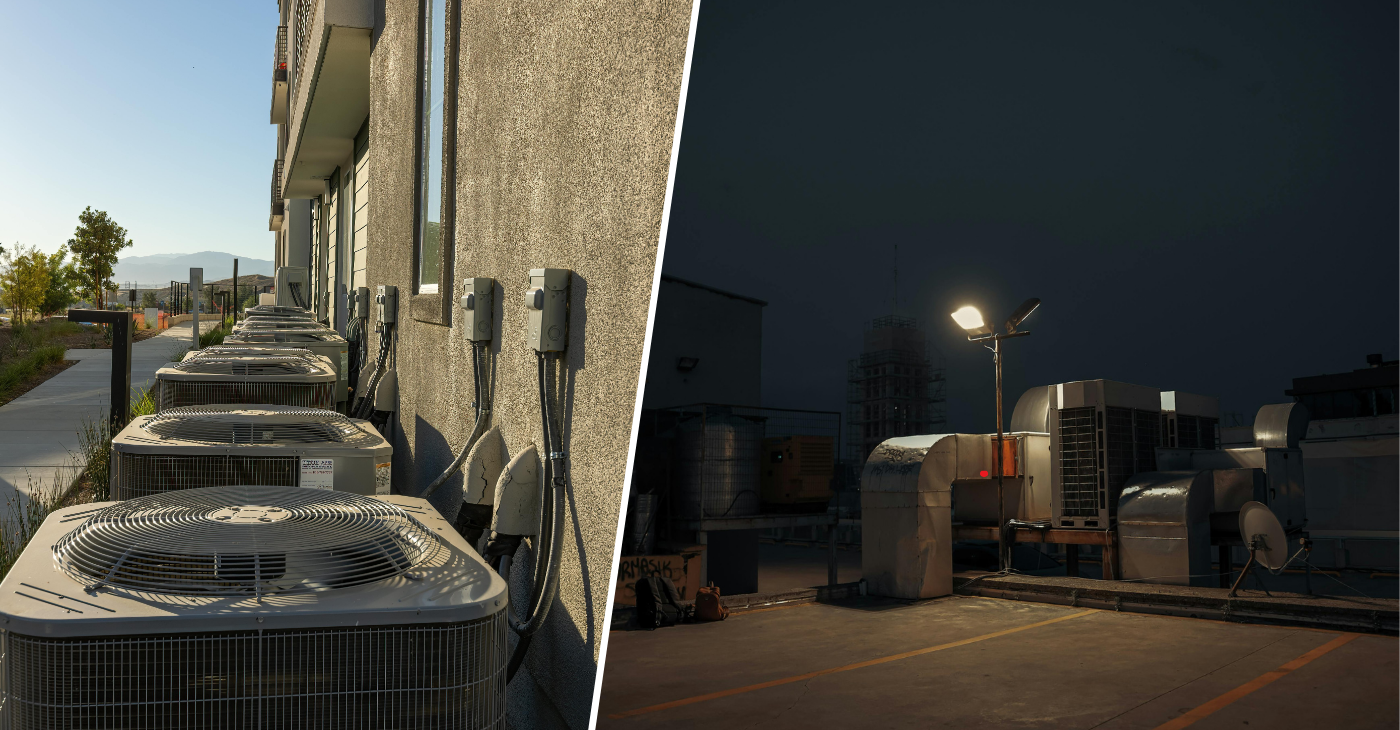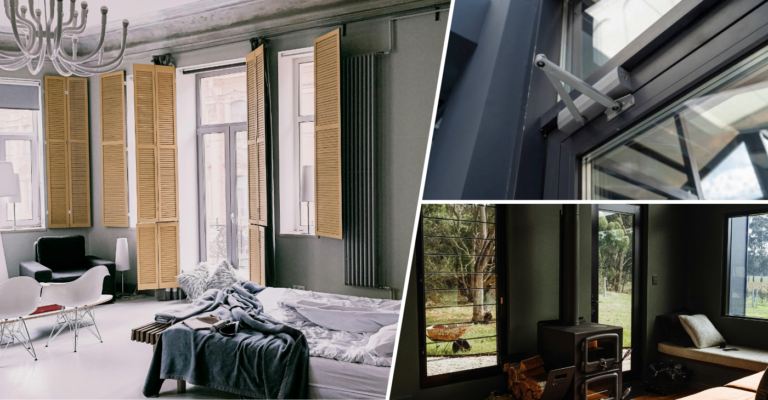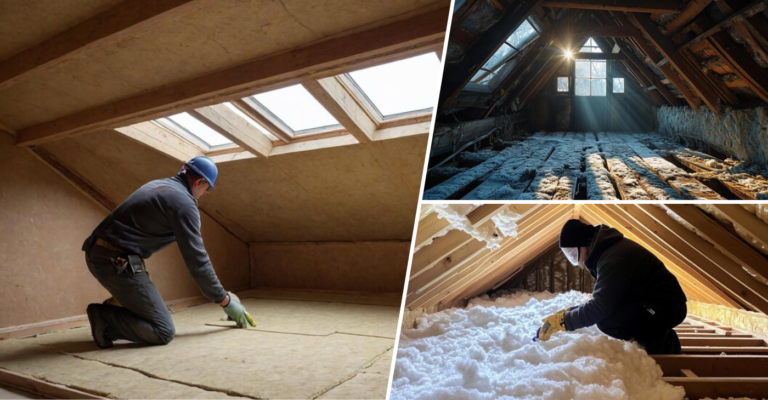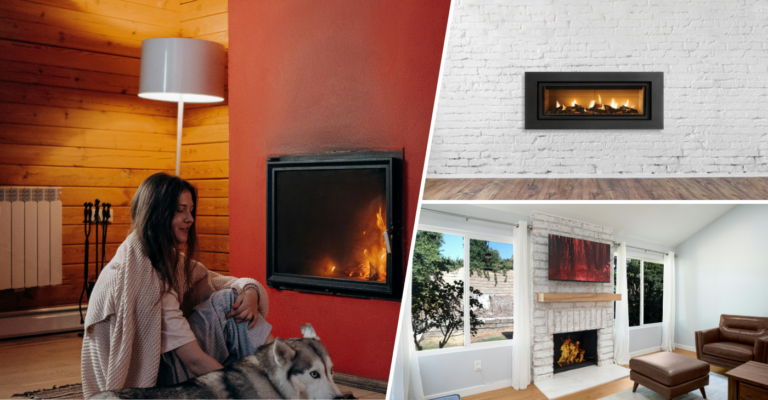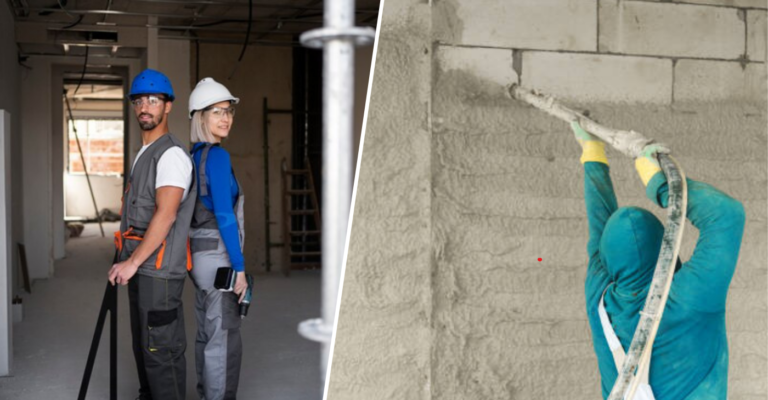Guide: What’s the difference between HRV and ERV?
HRV and ERV systems are vital in modern construction, especially for energy-efficient buildings. With today’s focus on airtight homes, proper ventilation is essential. HRVs (Heat Recovery Ventilators) and ERVs (Energy Recovery Ventilators) help provide fresh air without wasting energy. They are important for maintaining good indoor air quality in homes built to high-performance standards like LEED and Passive House. These systems reduce heating and cooling loads, making them key components in sustainable building practices.
How does an HRV system work?
HRV systems are designed to recover heat from exhaust air and transfer it to the incoming fresh air, without mixing the two airstreams. This heat recovery process significantly reduces the strain on mechanical heating systems such as furnaces, particularly in cold climates. By preconditioning the incoming air, HRVs help reduce the energy needed to heat it up to indoor comfort levels. However, HRVs don’t alter humidity levels, making them ideal for homes in colder, drier regions where moisture control is less of a priority but heat retention is critical. Proper installation in new builds or retrofits is crucial, with specific attention to duct placement and integration with the building envelope.
How does an ERV system work?
ERV systems operate similarly to HRVs but with an added layer of functionality: they manage both temperature and humidity. ERVs transfer moisture along with heat between the airstreams, which makes them better suited for climates with higher humidity levels. In winter, ERVs retain indoor moisture, preventing the air from becoming too dry, and in summer, they reduce the humidity in the incoming warm air, relieving the load on air conditioning systems. ERVs are ideal for climates where moisture control is as important as temperature control, particularly in areas prone to mold growth and structural degradation from excess humidity.
Key differences between HRV and ERV
Moisture recovery
The main difference between HRV and ERV is moisture control. HRVs recover only heat from the outgoing air. ERVs handle both heat and moisture. This means ERVs are better for areas with high humidity, while HRVs work well in cold, dry climates.
HRVs in cold, dry climates
HRVs are great for homes in cold, dry areas. They capture heat from the air inside and use it to warm the incoming fresh air. This helps reduce heating costs without adding extra moisture. These systems are perfect for tightly sealed homes where energy efficiency is key.
ERVs in humid climates
ERVs are more suitable for humid climates. They transfer moisture between the outgoing and incoming air, which helps control indoor humidity levels. This prevents too much moisture from building up inside walls, avoiding problems like mold or damage to insulation.
Vapor drive and building protection
In humid areas, moisture can move through walls due to differences in temperature and humidity. This is known as vapor drive. ERVs help reduce this risk by managing moisture, keeping your walls and insulation safe from damage.
Choosing the right system
When considering HRV and ERV systems for energy efficiency, it’s important to compare IEER vs. EER. IEER measures efficiency across varying conditions, offering a better reflection of real-world usage, while EER focuses on constant, peak performance. This difference between HRV and ERV helps guide decisions on HVAC system efficiency in various operating conditions.
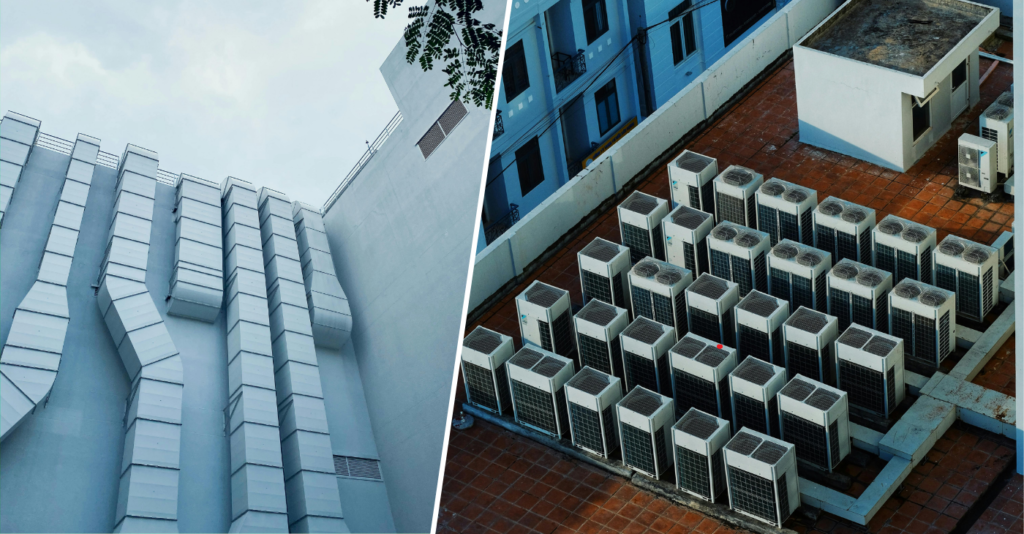
Which system is better for your climate?
The choice between HRV and ERV systems should be dictated by the climate and the specific characteristics of the building’s thermal envelope. In cold climates, where air tends to be dry and maintaining heat is the priority, HRVs are highly effective. On the other hand, ERVs are optimal for mixed climates or humid environments where moisture control is essential for occupant comfort and to avoid moisture-related issues like wood rot or mold growth. For homes in hot, humid regions, ERVs help reduce cooling loads by removing excess moisture from incoming air, making them a superior choice in terms of both energy efficiency and building durability.
Energy efficiency of HRV and ERV
From an energy efficiency standpoint, both systems reduce the load on HVAC systems by pre-conditioning incoming air, but ERVs have an edge in regions with high humidity. HRVs are simpler and typically offer up to 20% savings on heating costs by recovering heat from the exhaust air. ERVs, however, deliver greater efficiency in humid climates, as they reduce the need for dehumidification by controlling moisture at the point of air exchange. In new energy-efficient homes, particularly those targeting net-zero or low-energy standards, ERVs can reduce total energy consumption by managing both temperature and humidity, optimizing HVAC performance year-round.
Indoor air quality improvement
Both HRVs and ERVs play a critical role in improving indoor air quality (IAQ) by ensuring consistent airflow and removing stale air. HRVs are effective at exchanging air in cold climates, preventing the build-up of indoor pollutants such as volatile organic compounds (VOCs) and carbon dioxide. ERVs go a step further by managing humidity, which not only enhances comfort but also reduces the risk of allergens, mold, and structural damage due to excess moisture. In commercial construction, where IAQ is often a key design consideration, ERVs provide a more comprehensive solution for both air quality and occupant comfort.
Installation and maintenance considerations
Installation and maintenance are critical factors when integrating HRVs or ERVs into a building’s mechanical ventilation system. Proper sizing and integration with the home’s ductwork are essential to ensure balanced air exchange. ERVs, due to their additional moisture management components, are more complex to install and maintain. Filters in both systems need to be cleaned or replaced regularly to ensure peak efficiency, and in ERVs, the enthalpy core (which facilitates moisture exchange) may require more frequent attention. Whether for a retrofit or new build, it’s vital to collaborate with a qualified HVAC contractor who understands the nuances of these systems and can optimize them for the specific building layout.
Pros and cons of HRV systems
HRV systems are great for energy savings in cold climates, but they do not control humidity, which may require additional solutions in dry environments.
Pros of HRV systems
HRVs are great for homes in cold climates where controlling heat is important. These systems:
- Save energy: They recover heat from outgoing air, making it easier to heat fresh incoming air. This reduces heating bills.
- Simple to install: HRVs are easier and cheaper to install compared to more complex systems.
- Cost-effective: They provide good energy savings at a lower upfront cost, making them a budget-friendly option for homeowners in colder regions.
Cons of HRV systems
However, there are some drawbacks:
- No humidity control: HRVs don’t manage indoor moisture levels. This can make the air too dry, especially in winter, which might lead to discomfort.
- Additional equipment may be needed: In very dry environments, you might need to add humidifiers to keep the air comfortable. This can increase both cost and complexity.
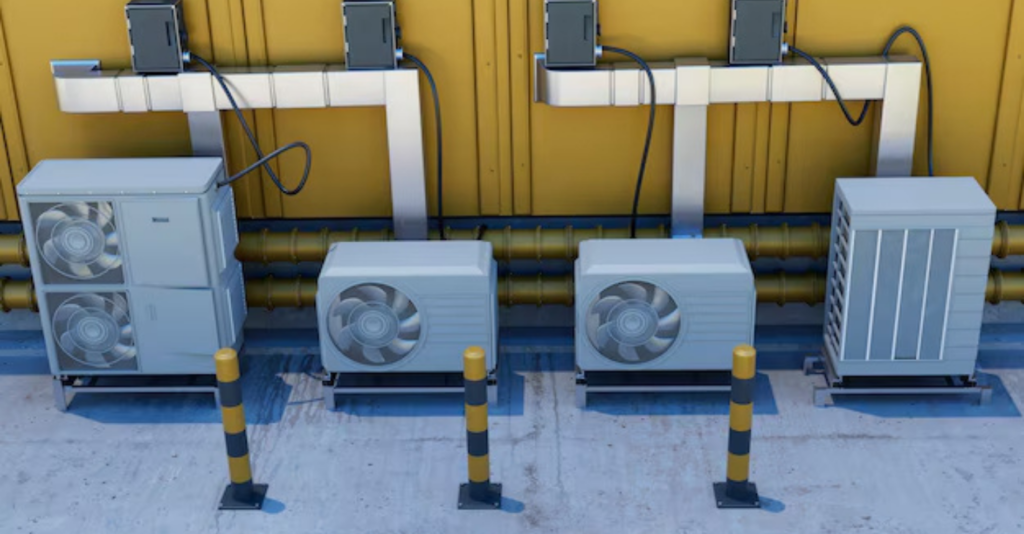
Pros and cons of ERV systems
ERV systems are ideal for managing both heat and humidity, making them perfect for humid climates, but they come with higher costs and more maintenance requirements.
Pros of ERV Systems
ERVs are best for humid climates because they manage both heat and moisture. Their benefits include:
- Moisture control: ERVs prevent excess moisture from entering the home, reducing the risk of mold and condensation problems.
- Better comfort: They keep indoor humidity balanced, which makes living conditions more comfortable.
- Energy-efficient: ERVs reduce the workload on air conditioners and heaters, saving energy in homes where both heat and humidity need to be controlled.
Cons of ERV systems
But ERVs have some downsides too:
- Higher costs: ERVs are more expensive to buy and install compared to HRVs.
- More maintenance: They require more frequent maintenance because they handle moisture, meaning parts like the enthalpy core need regular cleaning or replacement.
- Complex installation: ERVs are harder to install and may require more planning and expert installation.
Cost comparison for HRV and ERV
While both HRVs and ERVs offer substantial long-term savings in energy costs, ERVs are typically more expensive to install due to their complexity. Depending on the building’s climate zone and design, the installation cost difference between HRV and ERV can be 10-20%, with ERVs requiring more attention to duct layout and humidity control.
However, for buildings in humid regions or mixed climates, the energy savings and improved occupant comfort provided by an ERV may justify the higher initial investment. In commercial buildings or high-performance homes, where energy efficiency and indoor air quality are paramount, ERVs are often considered the better option despite the higher upfront costs.
Final Thoughts – Choosing the right ventilation system
When deciding between an HRV and ERV, it’s essential to consider the building’s climate, insulation, and mechanical design. For high-performance homes aiming to minimize energy consumption, HRVs provide excellent efficiency in cold, dry climates. ERVs, with their dual focus on heat and moisture management, are ideal for homes in humid or mixed climates where controlling both temperature and humidity is critical for indoor comfort and building durability. Consulting with a specialized HVAC contractor during the design phase will ensure the system is correctly sized and integrated into the overall ventilation strategy, guaranteeing optimal performance for years to come.

